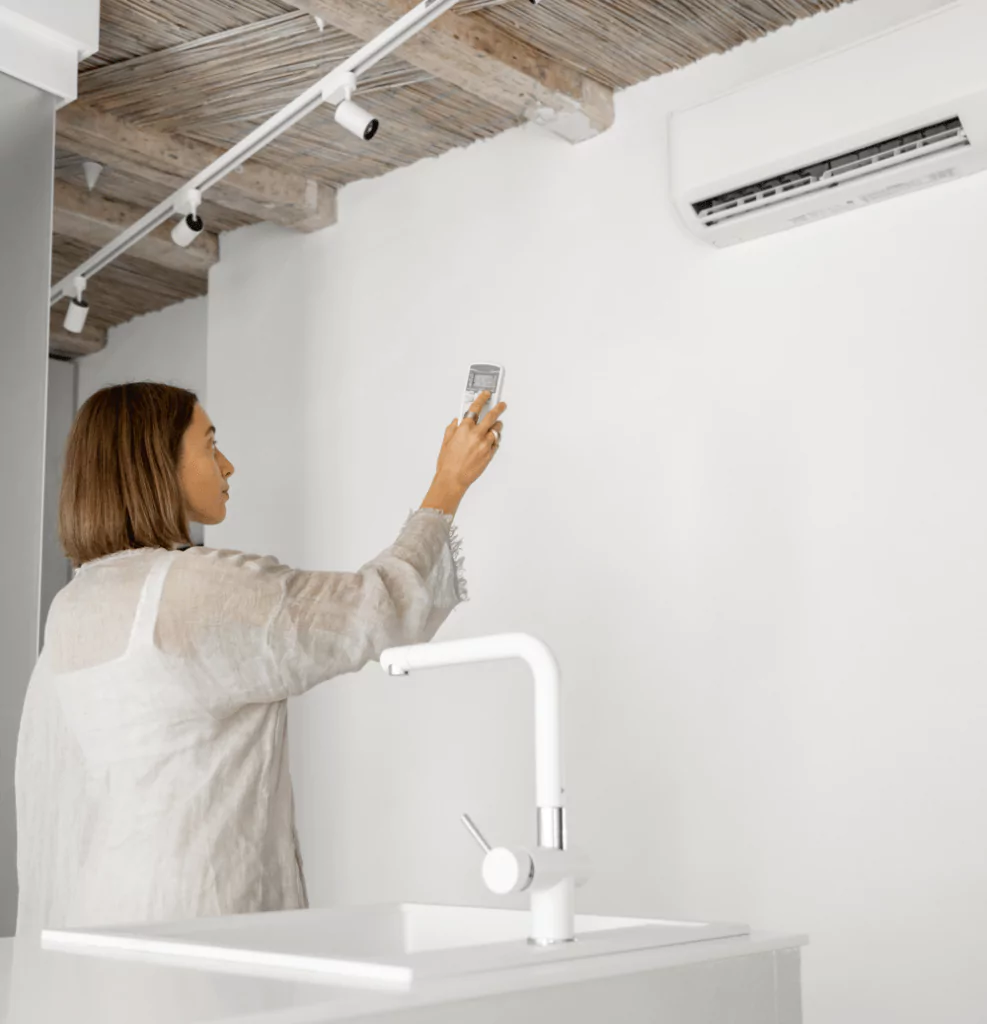
Indoor air quality is a crucial aspect of maintaining a healthy living environment, especially in Florida, where the climate often requires extensive use of air conditioning. Poor indoor air quality can lead to a range of health issues, from minor irritations to serious respiratory problems. Understanding common indoor air pollutants and how to eliminate them is essential for ensuring that your home or office remains a safe and comfortable space.
Common Indoor Air Pollutants
- Dust and Dust Mites: Dust accumulates from various sources, including skin cells, fabric fibers, and other particles. Dust mites, tiny creatures that thrive in dust, can cause allergic reactions and worsen asthma symptoms.
- Pet Dander: Pet dander consists of tiny particles of skin shed by cats, dogs, and other animals with fur or feathers. These particles can trigger allergies and contribute to poor indoor air quality.
- Mold and Mildew: Florida’s humid climate makes homes particularly susceptible to mold and mildew growth. These fungi release spores into the air, which can cause respiratory issues and allergic reactions.
- Volatile Organic Compounds (VOCs): VOCs are released as gases from specific solids or liquids, such as paints, cleaning products, and construction materials. Extended exposure to VOCs can cause a range of health issues, from headaches and dizziness to more severe long-term effects on the liver, kidneys, and central nervous system.
- Tobacco Smoke: Even if you don’t smoke indoors, third-hand smoke can linger in carpets, furniture, and walls, releasing harmful chemicals into the air.
- Pollen: Pollen can enter your home through open windows, doors, and on clothing, leading to indoor allergy problems during Florida’s long pollen season.
How to Eliminate Indoor Air Pollutants
- Regular Cleaning: Regular vacuuming, dusting, and washing of bedding and curtains can significantly reduce dust, dust mites, and pet dander. Using a vacuum cleaner with a HEPA filter is particularly effective at trapping these particles.
- Control Humidity Levels: Use dehumidifiers and air conditioners to keep indoor humidity levels below 50% to prevent mold and mildew growth. Fix any leaks and ensure that your home is well-ventilated.
- Air Purification: Install air purifiers with HEPA filters in key areas of your home to remove airborne particles, including dust, pollen, and pet dander. Some air purifiers also have carbon filters that can reduce VOCs.
- Proper Ventilation: Ensure your home has proper ventilation to reduce the concentration of pollutants. This can be achieved by regularly opening windows (when pollen levels are low) or using mechanical ventilation systems that bring in fresh air.
- Use Low-VOC Products: Choose paints, cleaning supplies, and building materials that are labeled as low-VOC or VOC-free. Store chemicals in tightly sealed containers and use them in well-ventilated areas.
- Smoke-Free Environment: If you smoke, do so outside, and consider quitting to eliminate the source of indoor air pollution. Use air purifiers to help reduce third-hand smoke residues in your home.
- Maintenance of HVAC Systems: Regular maintenance of your HVAC system, including changing filters and cleaning ducts, ensures that the system is functioning properly and not contributing to indoor air pollution. Consider using high-efficiency filters that can trap smaller particles.
Conclusion
Maintaining good indoor air quality is essential for the health and well-being of everyone in your home or office. By understanding the common indoor air pollutants and taking steps to eliminate them, you can create a cleaner, safer environment. Regular cleaning, proper ventilation, and the use of air purifiers are just a few ways to keep your indoor air fresh and pollutant-free. If you need assistance with improving your indoor air quality, consider reaching out to a trusted HVAC professional in Florida to evaluate your system and recommend the best solutions.